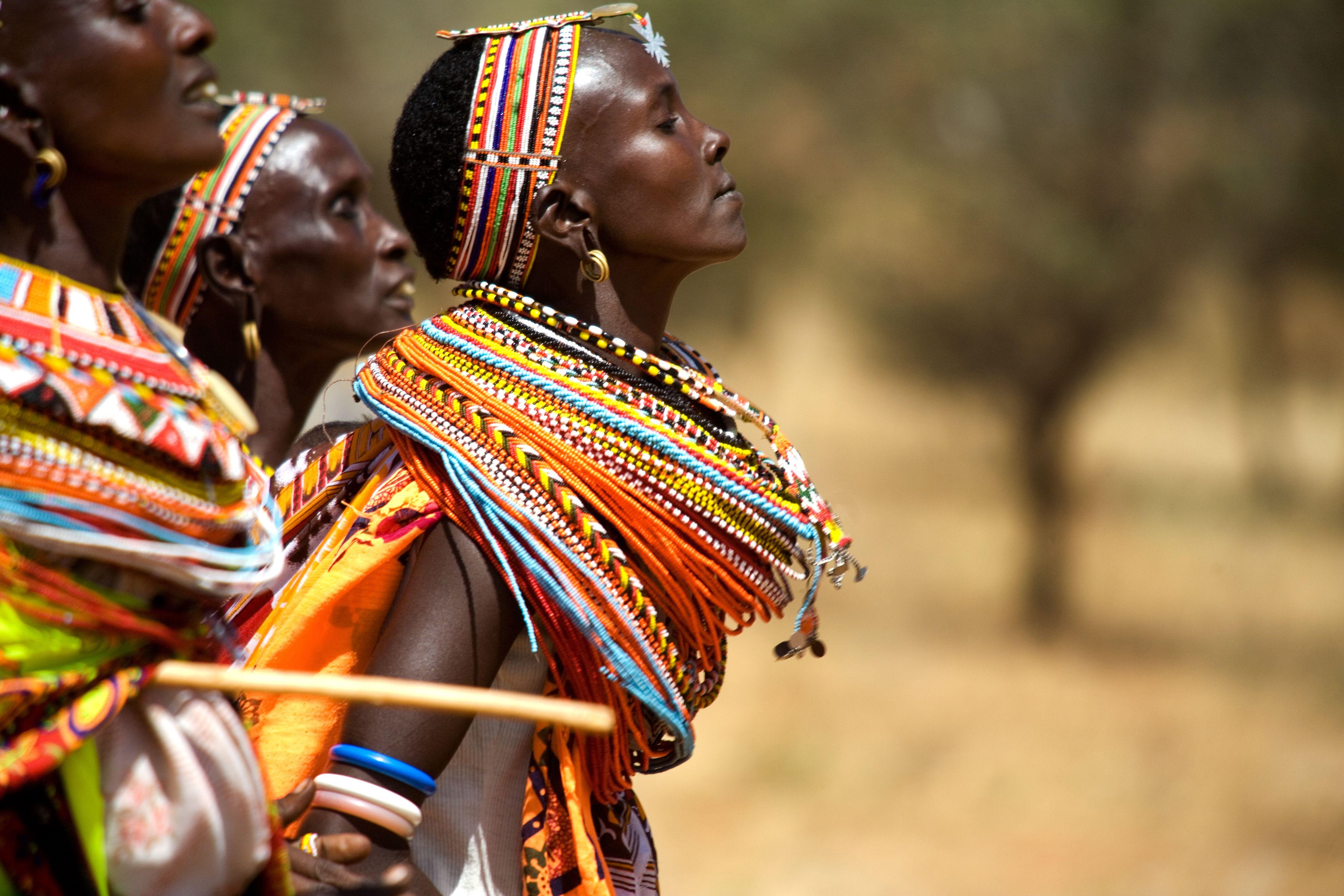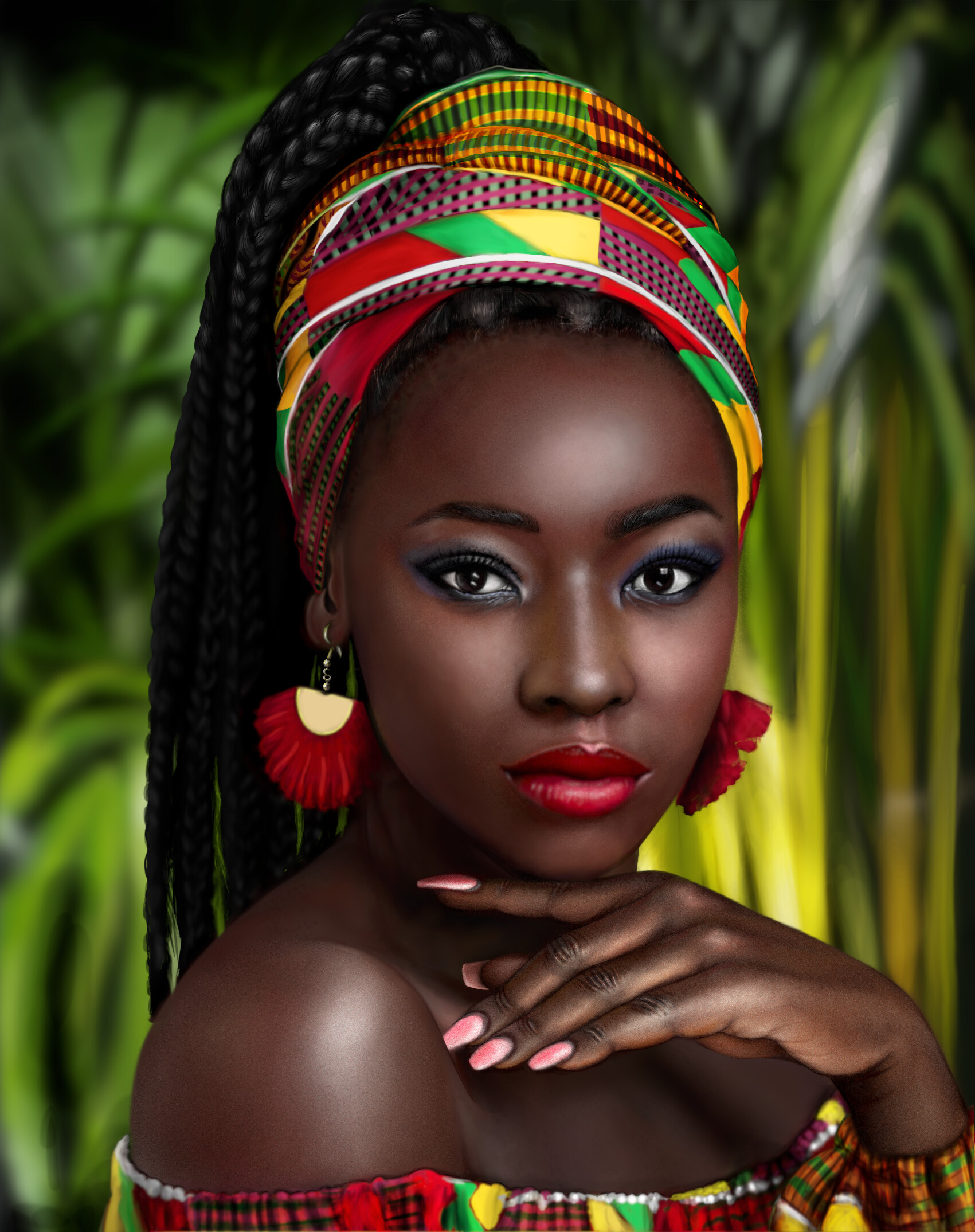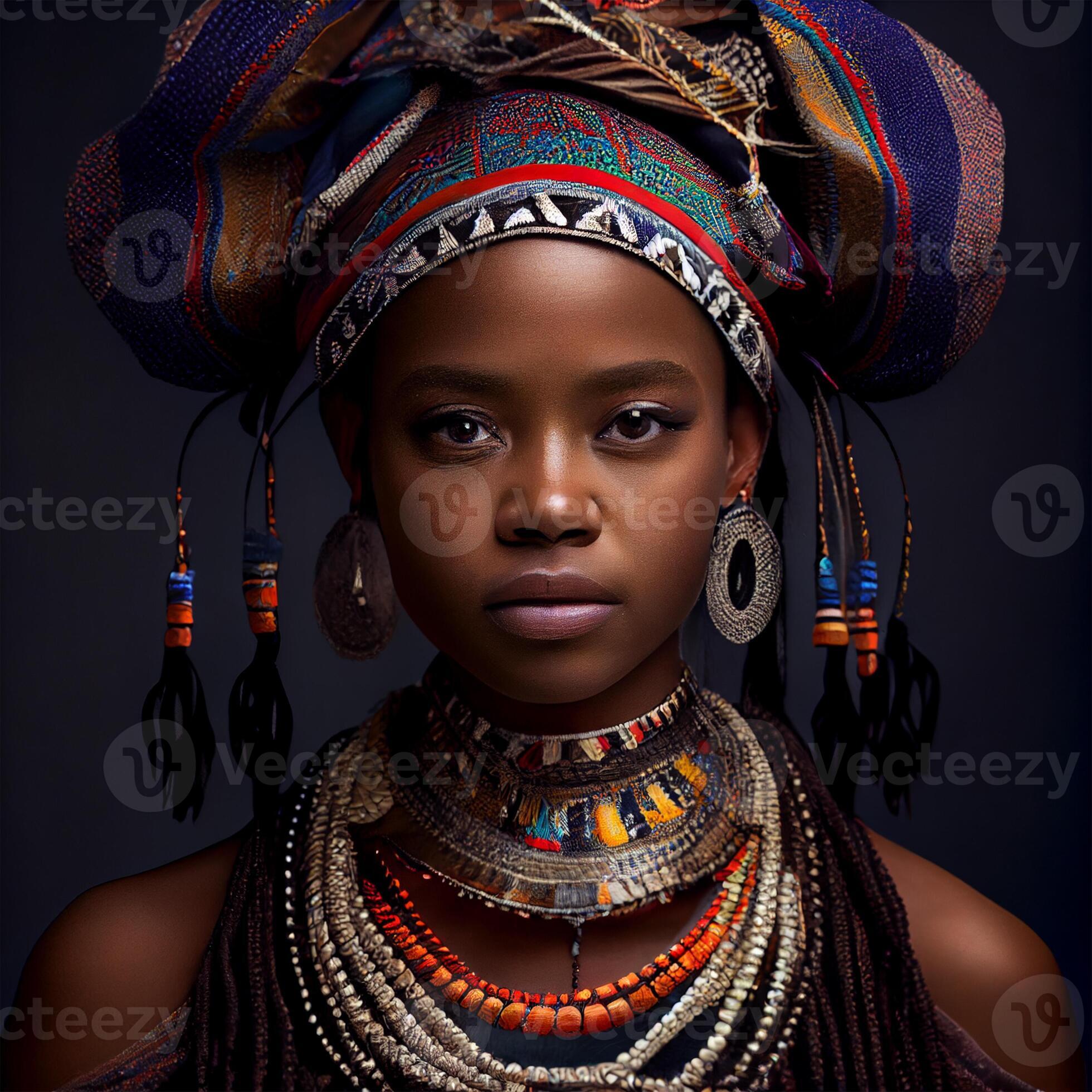For anyone who truly appreciates the beauty of hair, becoming an African braids lover means so much more than just picking a hairstyle. It’s about connecting with a very deep history, a vibrant culture, and an art form that has been passed down through generations. This particular way of styling hair, you know, carries stories and meanings that go way back in time.
There's something truly special about the way African braids look and feel. They offer a unique blend of elegance, protection for your hair, and a strong sense of personal expression. Many people find that wearing these styles helps them feel more connected to their roots, or simply allows them to show off a striking and thoughtful look. It's pretty cool, if you ask me, how hair can do all that.
Whether you are thinking about trying braids for the first time, or you already wear them often and want to learn even more, this guide is for you. We will look at where these styles come from, some of the most popular looks you can choose, and how to keep your braids looking good. So, in a way, get ready to explore a world of amazing hair artistry.
Table of Contents
- The Deep Roots of African Braids
- Popular African Braid Styles for Every Lover
- Caring for Your African Braids: Keeping Them Fresh
- The Modern African Braids Lover: Expressing Yourself Today
- Frequently Asked Questions About African Braids
- Conclusion: Embracing the Beauty of African Braids
The Deep Roots of African Braids
The story of African braids is, in fact, as old as the story of people themselves. This continent, widely thought of as the "cradle of humankind," has fossil evidence of human beings that goes back a very long time. And, in some respects, hair braiding has been a part of human life there for thousands of years, almost since the beginning.
Ancient Connections Across the Continent
Across the vast land of Africa, which includes 54 recognized countries, each with its own distinct identity, hair braiding has been a consistent practice. We see it in Central Africa, Eastern Africa, North Africa, Southern Africa, and Western Africa. These traditions, you know, are deeply embedded in the history of all these regions.
From ancient sculptures to old drawings, there is clear evidence that hair was styled with great care and meaning. People used braids to show their status, their age, their religion, and even their marital situation. It was a way to communicate without saying a single word, pretty much.
Think about it: Nigeria, Egypt, and South Africa, three of the largest and most influential countries on the continent, each have their own long histories with braided hair. Nigeria, as the most populous country, has a particularly rich array of styles that have developed over centuries. These styles, you see, reflect the incredible diversity of the people.
Cultural Meanings and Social Statements
Historically, braids were not just about how you looked; they were a significant part of social life. The way someone's hair was braided could tell you a lot about them, like where they came from or their family's standing. It was, in a way, a visual language.
Sometimes, the braiding process itself was a social event, a time for people to gather and share stories. It was a moment for community, for bonding, and for passing down knowledge from older generations to younger ones. This practice, you know, truly brought people together.
Even today, for many, wearing African braids is a way to honor that heritage and connect with a long line of ancestors. It’s a statement of pride, a celebration of culture, and a nod to the resilience and creativity of African peoples. It's really quite profound, when you think about it.
Popular African Braid Styles for Every Lover
There are so many different kinds of African braids, each with its own look and feel. Exploring them is part of the fun of being an African braids lover. Some styles are very old, while others are newer takes on classic looks, and you know, they all have something special.
Box Braids: A Timeless Favorite
Box braids are, perhaps, one of the most widely recognized and loved styles. They get their name from the square-shaped sections of hair they are made from. Each section is braided from the root to the tip, and they can be made long or short, thick or thin, depending on what you like.
This style is very versatile. You can wear box braids up in a bun, down, or in a ponytail. They offer a lot of freedom for styling and can protect your natural hair from daily wear and tear. They are, typically, a great choice for someone who wants a style that lasts a good while.
Cornrows: Artistry Close to the Scalp
Cornrows are braids that lie flat against the scalp, created by braiding the hair underhand. The patterns can be simple straight lines or very intricate designs that curve and swirl. They are, in fact, a true display of braiding skill.
These braids have a long history, with examples found in ancient African art. They are often worn by both men and women. Cornrows are a wonderful protective style, keeping the hair neatly tucked away. They can be a bit more challenging to do at home, so many people seek out a skilled stylist for them, you know.
Knotless Braids: Gentle Beauty
Knotless braids are a newer variation of box braids. Instead of starting with a small knot at the root, the braiding hair is gradually added to your natural hair as the braid progresses. This makes them, in a way, feel much lighter and puts less tension on your scalp.
Many people find knotless braids to be more comfortable, especially right after they are done. They also tend to look more natural from the start, without that stiff appearance some traditional braids can have. For a lot of people, they are a preferred option for comfort and style.
Twists and Faux Locs: Different Textures, Similar Appeal
Beyond traditional braids, twists are another popular option. Instead of three strands, hair is twisted using two strands, creating a rope-like look. They can be done with natural hair or with added extensions. They are, you know, quite lovely.
Faux locs give the appearance of dreadlocks without the long-term commitment. They are created by wrapping hair extensions around your natural hair, or around braided hair, to form a loc. These styles, you see, offer a different texture and a very distinct look, often worn by those who admire the beauty of locs but prefer a temporary option.
Caring for Your African Braids: Keeping Them Fresh
Being an African braids lover also means knowing how to care for your chosen style. Proper care helps your braids look good for longer and keeps your natural hair healthy underneath. It's really quite important, as a matter of fact.
Washing and Moisturizing Regularly
Even though your hair is in braids, you still need to keep your scalp and hair clean. You can dilute a gentle shampoo with water and apply it directly to your scalp, then rinse thoroughly. A spray bottle can be very helpful for this, you know.
After washing, it is very important to moisturize. Use a light leave-in conditioner or a natural oil, like jojoba or argan oil, on your scalp and along the length of your braids. This helps prevent dryness and itching. Dryness, you see, can be a real problem if not addressed.
Nighttime Care for Lasting Styles
To keep your braids neat and prevent frizz, cover your hair with a silk or satin scarf or bonnet at night. Cotton pillowcases can absorb moisture from your hair and cause friction, which leads to frizz. A satin pillowcase is also a good idea if you don't like wearing a bonnet, just a little tip.
This simple step can significantly extend the life of your braids and keep them looking fresh. It also helps to keep your edges laid and neat. It's a small effort that makes a big difference, you know.
Tips for Making Your Braids Last
Most African braid styles can last anywhere from four to eight weeks, depending on the style and how well you care for them. Avoid over-manipulating your braids, as this can cause them to loosen or frizz prematurely. Try not to pull on them too much, more or less.
If you notice some frizz around your edges, you can use a bit of edge control or gel to smooth them down. Also, consider getting your edges redone by your stylist after a few weeks to refresh your look without redoing your whole head. This can really stretch out the time between full installations, pretty much.
Remember, the goal is to protect your natural hair. So, when it's time to take your braids out, do so gently. Take your time, use a good conditioner, and detangle carefully. You can learn more about hair care on our site.
The Modern African Braids Lover: Expressing Yourself Today
Today, being an African braids lover means embracing a tradition that is both ancient and totally current. These styles are seen everywhere, from everyday life to high fashion runways, showing just how much they are appreciated globally. It's pretty cool, how widespread their appeal has become.
Personal Expression and Identity
For many, African braids are a powerful way to express who they are. They offer a canvas for creativity, allowing for different colors, lengths, and patterns. Choosing a style can be a very personal decision, reflecting one's mood, personality, or even a statement they want to make. It is, in a way, a form of art you wear.
They also serve as a reminder of cultural heritage for many people of African descent, a visible connection to their roots and history. In a world that often tries to erase or diminish such connections, wearing these styles can be an act of quiet strength and celebration. This is, you know, a truly meaningful aspect for many.
Finding Your Hair Artist
To get the best results, finding a skilled braider is very important. Look for someone who understands different hair types and who prioritizes the health of your hair. Word-of-mouth recommendations and online reviews can be helpful when searching for a good stylist. It's worth taking the time to find the right person, too it's almost a partnership.
A good braider will consult with you about the style you want, the condition of your hair, and how to maintain your braids. They will also make sure the braids are not too tight, which can cause damage. Your comfort and hair health should always come first, you know.
Frequently Asked Questions About African Braids
Here are some common questions people often ask about African braids:
What are the most popular African braid styles?
Some of the most popular African braid styles include box braids, cornrows, knotless braids, and various types of twists like Senegalese twists or Marley twists. Each style offers a different look and feel, and they can be customized with various lengths and thicknesses. People often pick based on their hair type and how long they want the style to last, so.
How long do African braids last?
The lifespan of African braids typically ranges from four to eight weeks. This can vary quite a bit depending on the specific style, how quickly your natural hair grows, and how well you care for your braids. Some styles, like micro braids, might last a little longer, while larger braids might need to be redone sooner. It's really about personal preference and upkeep, you know.
What is the history behind African braids?
African braids have a very long and rich history, going back thousands of years across the African continent. They were originally used to show a person's age, marital status, social standing, or even their tribal identity. Braiding was also a way to communicate within communities. The traditions have been passed down through generations and remain a strong part of cultural identity today. For more information on the deep history of the African continent, you might find this resource helpful: Africa.com.
Conclusion: Embracing the Beauty of African Braids
Being an African braids lover means appreciating a form of art that is both beautiful and historically significant. From the ancient past, where Africa was believed to be the "cradle of humankind," to the diverse nations of today like Nigeria, Egypt, and South Africa, these styles have always been a part of life. They tell stories, protect hair, and allow for amazing personal expression.
By understanding the history, exploring the many styles, and learning how to care for them, you truly connect with something special. Whether you wear them for their protective qualities, their cultural meaning, or just because you love the look, African braids offer a wonderful way to celebrate hair. We hope you continue to explore and enjoy this amazing world of hair artistry. You can learn more about our site for more insights.



